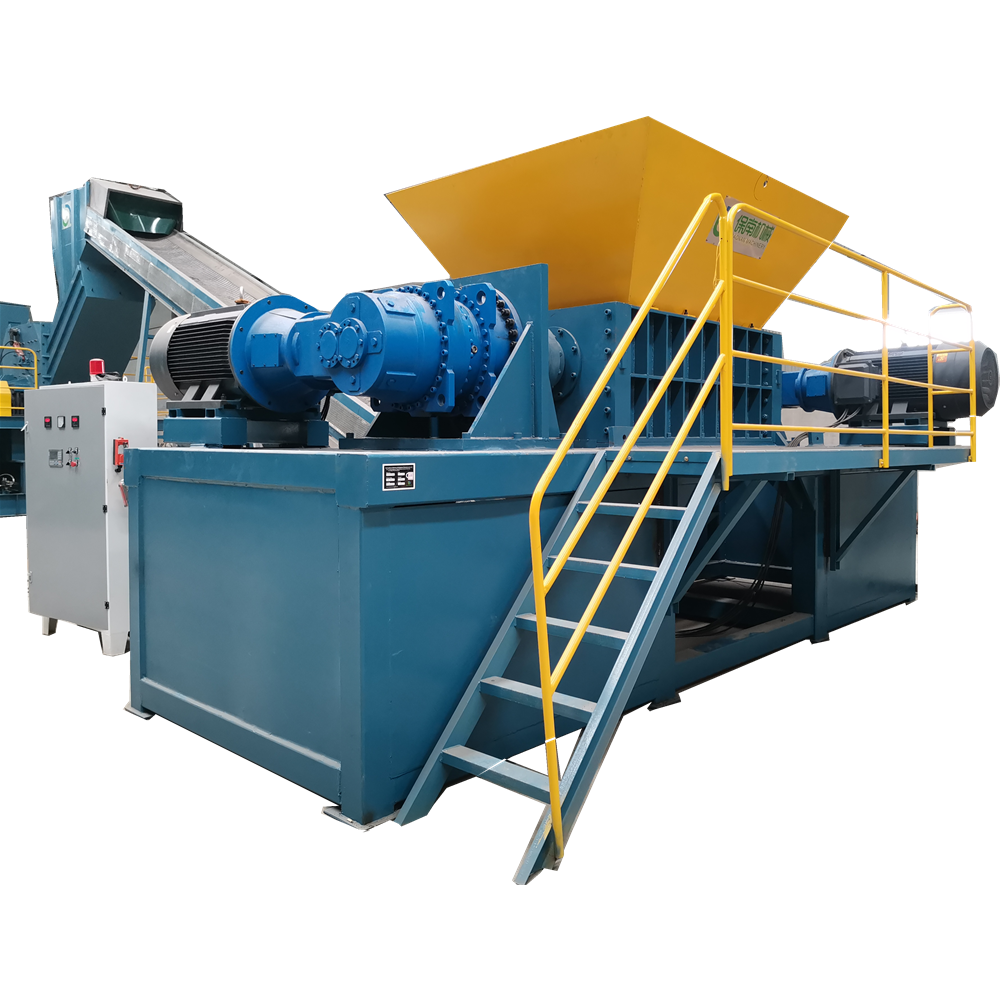

नोभ . 01, 2024 08:24 Back to list
How to Recycle PCB An Essential Guide
Printed Circuit Boards (PCBs) are integral components of modern electronics, found in everything from smartphones to complex industrial machinery. As technology advances, the need for sustainable practices becomes increasingly critical, making the recycling of PCBs a necessary process for environmental conservation and resource recovery. In this article, we will explore the steps involved in recycling PCBs effectively.
Understanding PCBs and Their Components
PCBs are made up of various materials, including fiberglass, copper, gold, and other metals. While their functionality is vital, many of these materials can be harmful to the environment if not disposed of correctly. Therefore, recycling PCBs not only helps recover valuable materials but also reduces electronic waste, which has become a significant issue worldwide.
Step 1 Collection and Sorting
Recycling PCBs begins with the collection of electronic waste. Many communities have designated e-waste collection centers where individuals and businesses can drop off their old electronics. It's essential to sort these items to separate PCBs from other components. This sorting can often be done manually or with the help of automated systems.
Step 2 Dismantling
Once collected, the next step is to dismantle the electronic devices. This process involves carefully taking apart devices to extract the PCBs. During dismantling, it's crucial to wear protective gear due to potential risks associated with exposed components, such as sharp edges or toxic substances. Efforts should also be made to recover other reusable materials, such as plastic casings and metal housings.

Step 3 Shredding and Crushing
After dismantling, the PCBs need to be shredded into smaller pieces. This step increases the surface area and makes it easier to separate the different materials during the recycling process. Specialized equipment is used for shredding, ensuring that the PCBs are broken down into manageable fragments without hazardous emissions.
Step 4 Separation
The separated pieces of PCBs then undergo various processes to extract valuable materials. Techniques such as water separation, air separation, and chemical processes are often employed to isolate metals like copper, gold, and precious metals from non-metallic materials. This step is crucial for maximizing the recovery of valuable resources.
Step 5 Refining and Reusing
Once the valuable materials have been extracted, they may undergo further refining processes to purify them for reuse. Recycled metals can be utilized in manufacturing new PCBs or other electronic components, contributing to a circular economy where resources are reused rather than being disposed of.
Conclusion
Recycling PCBs is a complex but essential process that benefits both the environment and the economy. By following these steps—collection, dismantling, shredding, separation, and refining—we can significantly reduce electronic waste and recover valuable materials. As consumers, we can also play a role by properly disposing of our old electronics and supporting e-waste recycling programs in our communities. Embracing these practices is crucial for a sustainable future in the tech-driven world.
Latest news
Troubleshooting Common Eddy Separator Problems
NewsJul.04,2025
The Role of Metal Recycling Plants in Circular Economy
NewsJul.04,2025
The Impact of Recycling Line Pickers on Waste Management Costs
NewsJul.04,2025
Safety Features Every Metal Shredder Should Have
NewsJul.04,2025
How Industrial Shredders Improve Waste Management Systems
NewsJul.04,2025
How Cable Granulators Contribute to Sustainable Recycling
NewsJul.04,2025